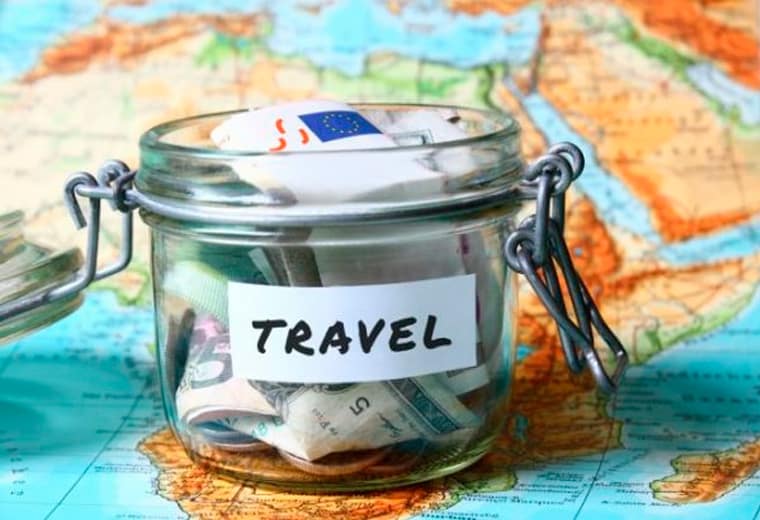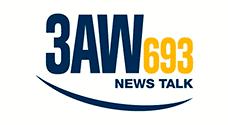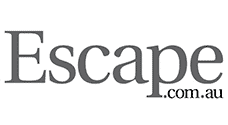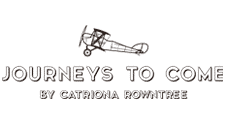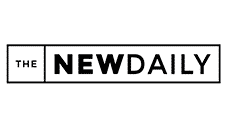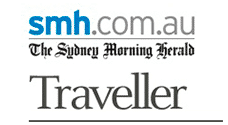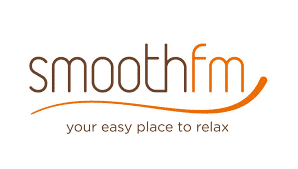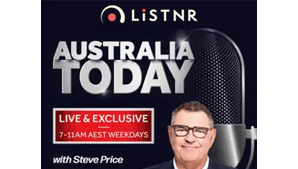One of the big challenges many of us face when travelling is what to do about money in a foreign country.
If you exchange money, you lose, if you take it out at a local bank, you lose, so how can you minimise the fees, charges and dodgy exchange rates and get the most out of your money on your next holiday?
It’s a question we often get asked. And fear not, there are actually a number of things you can do that will help minimise your costs.
The reality is, every country is different when it comes to the best way to access local currency. In Peru for instance you’re far better to take extra cash and use local, reputable money exchangers to change your money over, while in Mexico, it’s far more convenient and cost effective to take money out of a local machine – using either your standard ATM card or a travel card.
The benefit of using a travel card is that you can lock in a good exchange rate before you go. Savvy travellers watch the exchange rate for their chosen destination and when it works in their favour, transfer money onto the card. Using a travel card, which is generally separate from your everyday bank, also ensures that if something happens to your card, such as theft, no one has access to the money in your primary bank account.
Fees and charges vary from bank to bank and card to card so it’s best to shop around to see what works for you.
Some ATM cards, including ING’s Everyday Saver account, now offer no international withdrawal or transaction fees. This means you can use the card anywhere in the world with no extra fees. It’s very handy if you’re a frequent traveller. (Note; there are sometimes special requirements to this feature like having to deposit $1000 into the account every month so it’s best to look up the bank’s website to make sure it works for you)
If you would prefer to take some local currency with you – which is always a sensible idea – we’d advise against changing it at the airport at the last minute where’ you’ll generally get the worst exchange rate. This is true of most airports overseas as well, except Cuba, which offers the same rate of exchange as you’ll get pretty much anywhere in the country.
Instead, think ahead and look for a local currency exchange outlet that offers no commission, no fees and good conversion rates. Most cities in Australia have a plethora of exchange outlets, but many charge fees that eat up your money. Shop around to find the best deal.
Most airports have ATMs, so if you arrive at your destination with no local money, you can generally access money. I don’t like to rely on this, though. I once got caught arriving in India with no local currency and no way to access an ATM. We had to get the cab to stop on the way into the city, which wasn’t ideal at 3am!
Still feeling confused? It’s always worth doing a quick search online to find out how you’re best to handle money in your chosen destination. There are many discussion boards across the web, including on Lonely Planet and Trip Advisor and other travellers will often have great advice on how to best access the local currency.
And finally, make sure you have multiple ways to access your money. We generally take some US dollars wherever we’re going because it’s so widely used, two different types of savings and a credit card from an entirely separate bank. That way we’re sure to be able to access money somehow! It’s a good idea to separate your cards so that if you’re wallet gets stolen, you don’t lose all your cards – and access to your finances – at once.
Oh, and if you’re going to a destination that’s off the beaten track, check with your bank that your cards can be used in that country. Some banks have restrictions in Cuba and Iran for instance. And don’t assume ATMs are easily accessible everywhere you go. In Myanmar they can be difficult to find. Again, check online forums to see just how easy it is find ATMs at your destination.
And it goes without saying you should let your bank know where and when you’re travelling so that they don’t shut down your account.
If you’re next trip is a Two’s a Crowd tour and you’re still not sure what to do, ask your tour host or our office staff who will be able to advise on the best ways to access currency at your destination.
All it takes to get the best out of your finances when travelling is a little preplanning.
*Diane Squires is a tour host with Two’s a Crowd.

